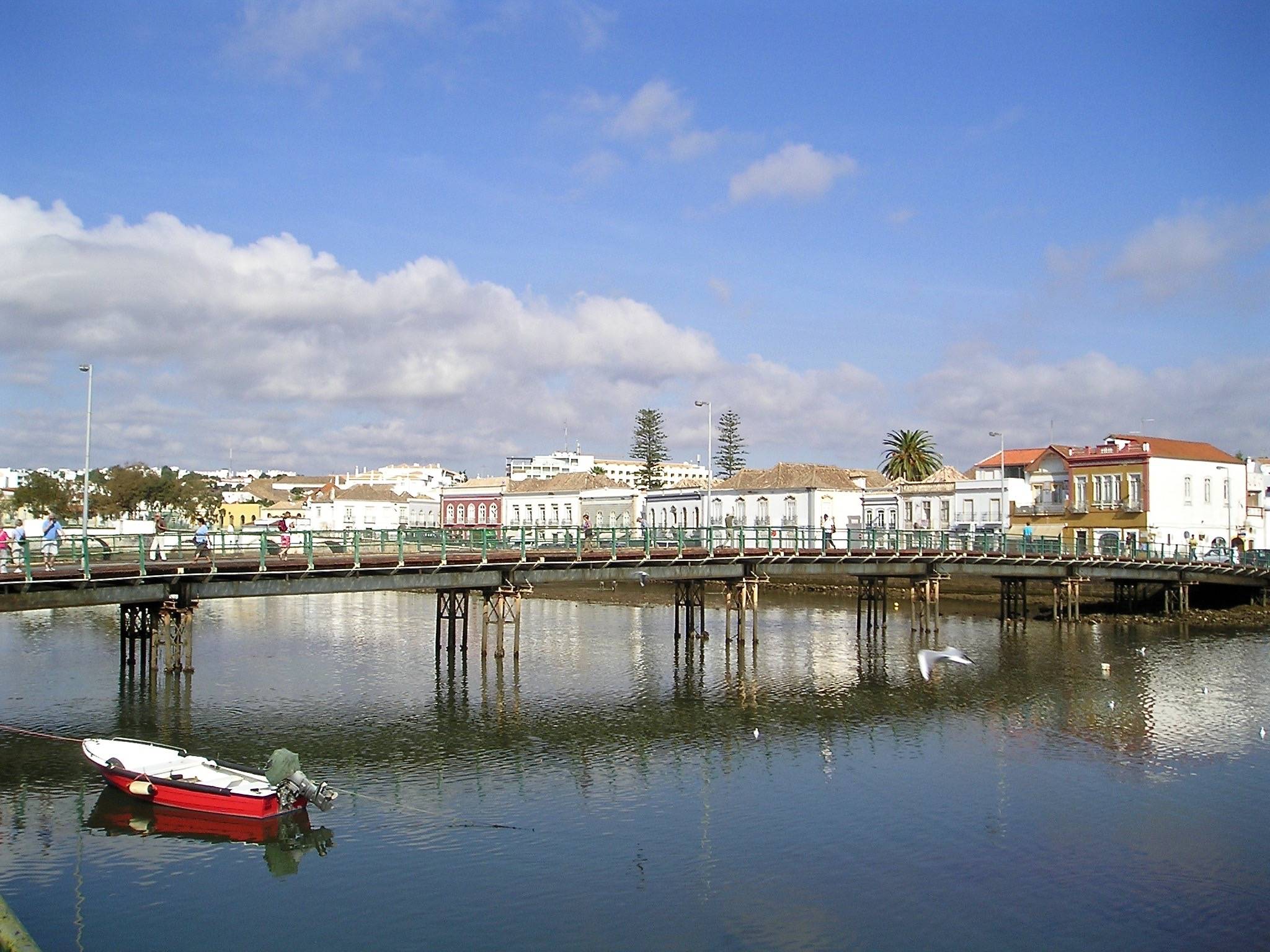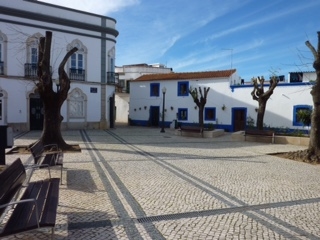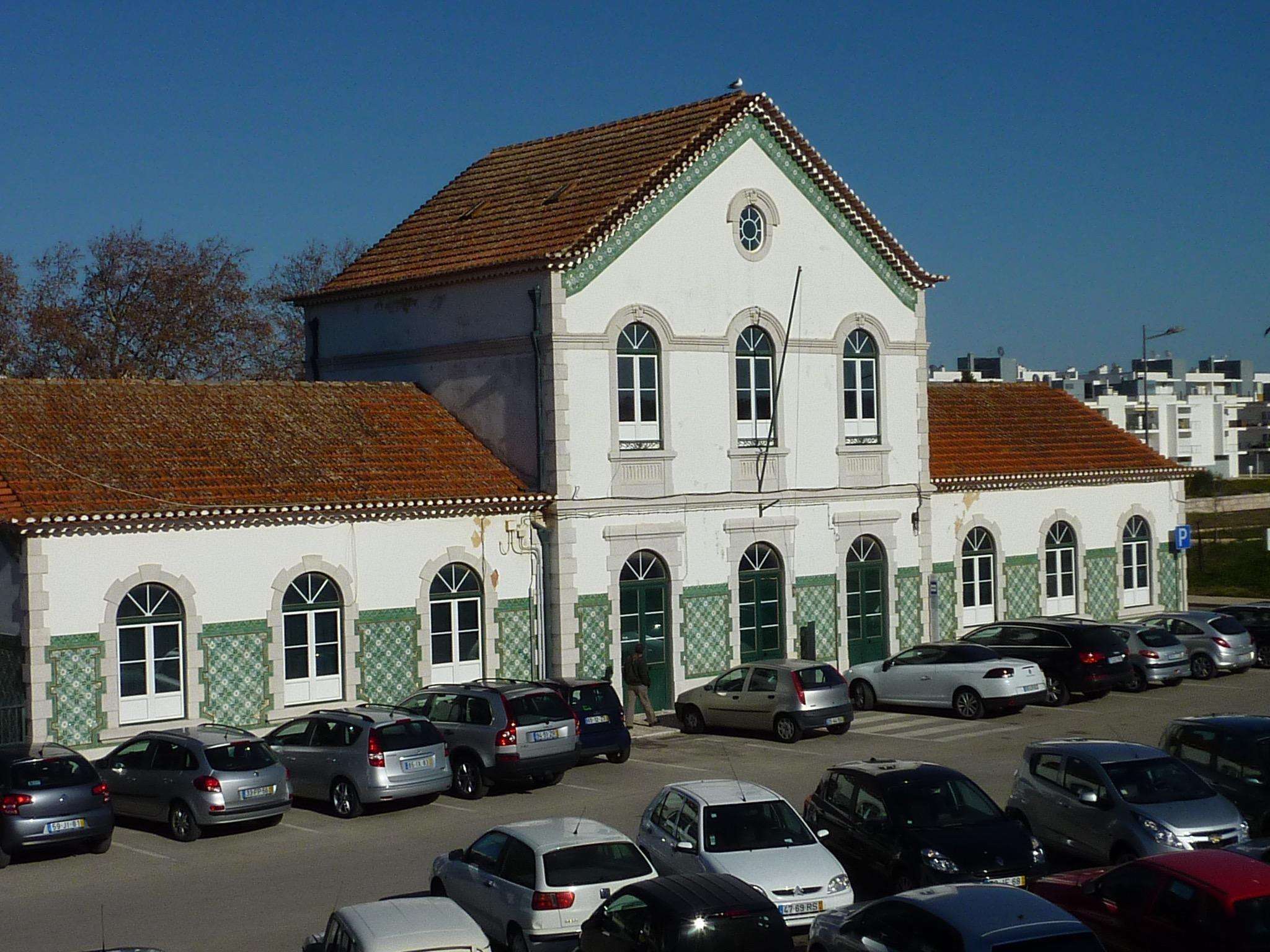Lynne Booker
From the early 1960s mass tourism brought huge influxes of summer visitors to the Algarve and nowadays in high season the Algarve´s near half million population more than doubles. The combination of the sun, the scenery, the sea and year-round golf makes of the Algarve a paradise for tourists. But were there any people who visited the Algarve before the advent of mass tourism? Who were they and what attracted them to a remote and inaccessible part of Portugal that has been considered for over 800 years to be more African than European?
For the Portuguese, the name ´Kingdom of the Algarve ´replaced the Moorish Al Gharb (the West) when Christians temporarily reconquered Silves in the 12th century. The king D Sancho I began to call himself King of Portugal and of the Algarve. With the conquest of territories in North Africa, D Afonso V in the fifteenth century began to call himself King of Portugal and of the Algarves on this side of the sea (in Europe) and on the other side (in Africa). From that date Portuguese monarchs always used this title and the proclamation of the Republic in 1910 saw both the king and this title go into exile. Until the building of the railway in the late 19th century, the Algarve was considered by many, including the Portuguese themselves, to be ´the back of beyond´. The difficulty of access over the Serra do Caldeirão and the vast distances over the plains of the Alentejo certainly deterred those visitors who entered Portugal at Lisbon. Particularly if they had read the words of a French traveller in 1766 who referred to the Algarve as "of little importance or utility to the Portuguese monarchy". The delights of Sintra, Batalha, Alcobaça, Coimbra, Évora and Porto were both more accessible and more apparent.
As so few visitors came to the Algarve there are very few written records. António Ventura, editor of ´Algarve Visto Pelos Estrangeiros Séculos X11 a X1X´ (The Algarve through the Eyes of Foreigners from the twelfth to the nineteenth centuries) counts 30 records of which 11 were British, 7 German, 5 French, 3 Spanish, 2 Polish, 1 Arab and 1 Italian. Five sixths of these 30 records were from the 18th and 19th centuries. Count José Gorani, an Italian visitor, remarked in 1767 that the Algarvians he met were more friendly and hospitable than the Spanish and that they were the best people in the world. He had hungrily sought food from peasants in the mountains, and they had loaded him with home made bread, wine, fresh eggs and ham, and they became offended at his offer to pay. He left them with his arms full and his pockets overflowing. William Morgan Kinsey in 1828 commented that the Algarveans were "less refined and less polite than the rest of the Portuguese but for their shrewdness and sharpness of wit they are celebrated through the country". They were also considered the best mariners in Portugal and furnished a large proportion of the adventurers to India and Brazil. In a British travellers handbook in 1852 it was noted that "The Algarvese have the character of being honest and industrious but great talkers. It is a common saying to anyone who has been chattering, ´You must come from the Algarve´! The same handbook noted that "the cottages in this kingdom are generally much neater and cleaner than are to be found in other parts of Portugal". Many of the visitors to the Algarve found the countryside a garden paradise and the towns picturesque. Gabriel de Saint Victor in 1879 remarked on the attractiveness of the walled town of Vila Nova (de Portimão), of the white houses and obvious wealth of Lagoa and of the splendid beach at Quarteira. Otto Riess in 1887 remarked upon the bathers as early as 7 am on the beach at Armação. Arthur William Costigan found (Vila Real de) Santo António beautifully situated and the poet Robert Southey in 1801 describes his journey from Castro Marim to Faro filled with the scent of orange blossom "like Mohammed´s paradise". On the other hand Henry Noel Shore´s in 1899 described his view from Faro as that of a vast expanse of mud - "it might have been Weston-super-Mare ..... there was nothing at all to be seen in Faro".
Rose Macaulay wrote the books They Went to Portugal and They Went to Portugal Too about those British who have visited Portugal through the centuries. She found only two visitors to the Algarve (Drake in 1587 and Essex in 1596 and they were both privateers). In her travel book Fabled Shore, she spends 205 pages describing her journey down the Mediterranean and southern coats of Spain and and only 17 describing the Algarve. Vila Real de Santo António was "dull", Tavira "delightful", Olhão "exotic", Faro "not interesting", Loulé " white" and Albufeira "picturesque and charming".



"The Atlantic coast of the Barlavento is draughty and cool". "...Alcantarilha with its manueline church and ruined castle; Lagoa a charming village.... Portimão ...lies beautifully round its port....the best port in the Algarve…… the splendid town, crowned by its huge red-walled Moorish castle. The sight of Silves from the bridge is stupendous". "Lagos, where the railway ends, is an exciting place".

From the Middle Ages, fishing was important to the Algarve and the tuna armações were pioneered by Genoese and Sicilians and later exploited by Catalans and Spaniards. The tuna industry was vulnerable to corsairs and recovered its prosperity only after the disappearance of the Barbary menace in 1830. Fish canning techniques were developed in 1853 by entrepreneurs from Italy, Greece and Spain and one of the first canning industrialists to base himself in the Algarve was Ramirez. The Ramirez brand of tinned fish is still available, although sadly, the fish in the cans is no longer caught off the Algarve.
The Algarve bore the brunt of attacks by North African corsairs from about 1550, attacks which became worse after the expulsion of the Moriscos from Spain in 1609. From 1580 the Portuguese Inquisition began to target Jews and New Chrisitians particularly in the Algarve. There is evidence that the Inquisition also persecuted rich people in order to confiscate their goods. Taken together with a severe economic depression around 1620, the corsairs and the Inquisition were instrumental in forcing abroad many Algarvian (and also other Portuguese) entrepreneurs.
Emigrating and working abroad, these Portuguese New Christians had no motive to remit their wealth to Portugal. The resulting economic vaccum was filled by merchants from all over Northern Europe, but particularly by the English who traded in figs, almonds, wine, oranges and cork. In the 17th century there were in Faro British commercial houses named after Englishmen such as Janson, Mellor, Small and Parcar and from the 18th century after Pitt and Lamprière. The Lamprière family business dominated commercial life in the Algarve for well over 100 years from 1714. The Algarvians hated them with a vengeance and blamed them for all the economic ills of the Algarve. In 1759 the magistrate of Lagos wrote a letter to the king complaining about the Lamprière business, in which he stated that: ".... The whole of Portugal owes a dependence to Britain, but here in the Algarve, the inhabitants have become slaves, so that their laws no longer have effect and they have to give great obedience and are vilely humiliated
The Algarve - remote and inaccessible with a history of poverty and neglect; raided for 300 years by corsairs both English and Moorish; the battlefield of nations at Cape St Vincent; disadvantaged by the Inquisition and by British capitalists; where, according to José Saramago, the people do not speak proper Portuguese. On the other hand, a garden of Eden with heady scents, wild flowers and hospitable country people. And, of course, there is the sun, the sea and the scenery. Which is why so many foreigners like us live here.
